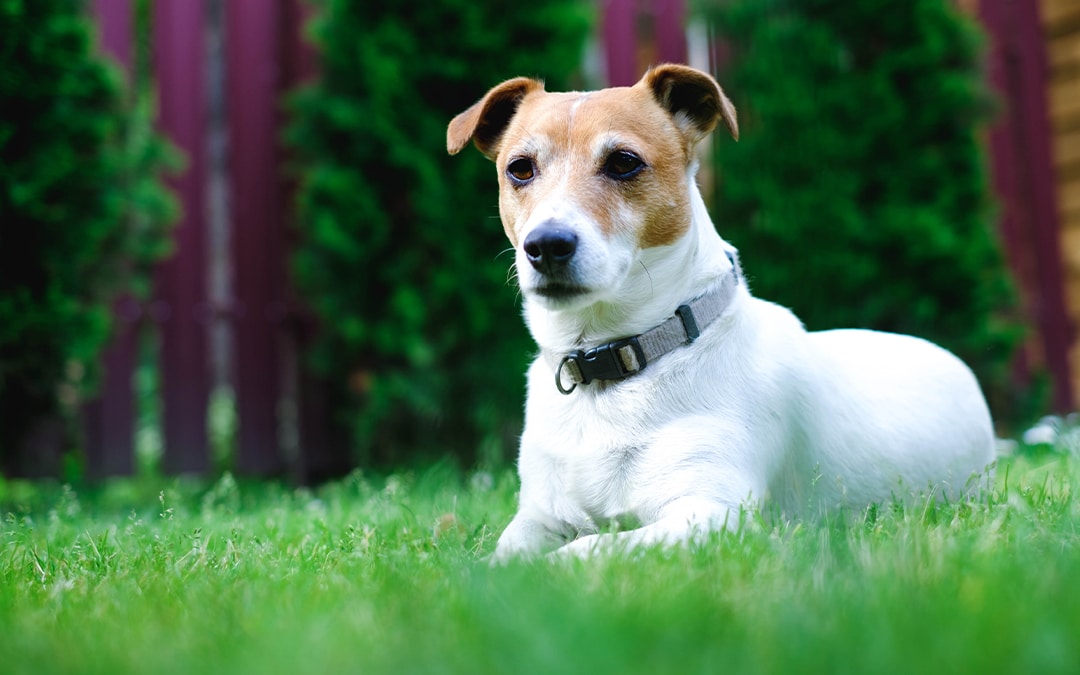If you find that you have brown patches scattered across your lawn, it is likely that it is due to urine. With a few small changes, you can prevent dog urine from damaging your lawn in the future, so it stays bright green and healthy.
Mow Your Lawn Tall
Grassroots grow three times as deep as they do tall, so by mowing your lawn tall (recommended at 2-3 inches) you will be promoting deep digging roots. Deep digging roots are one of the best ways to reduce urine damage because of the depth of healthy roots that are established below the urine. All you will need to do to accomplish this is to adjust the height of your lawnmower.
Establish a Watering Routine
Another way to promote deep digging grass roots is to water the lawn on a schedule. In the summer months, you will want to aim for watering your lawn 2-3 times a week depending on how hot the climate you live in is. As the year progresses, the weather cools down, so you will not need to water your lawn as often. We recommend watering your lawn three times a week in the hot summer months, twice in the late spring and fall and once a week in the early spring, fall and winter.
Don’t Overfertilize
Lawns that have a high level of nitrogen are more susceptible to dog urine damage, so it is important that you don’t overfertilize your lawn. Too much fertilizer can cause nitrogen and salt levels in the soil to increase, which may damage or kill the grass on top. You can find fertilizers with less nitrogen, but you will want to consult an expert before choosing a fertilizer to make sure it will be right for your lawn.
Dilute with Water
After your dog goes to the bathroom, we recommend using a hose or watering can to dilute the urine on your grass. This is an important step for lawn health because it will alleviate some grass-damaging nitrogen in the urine.
For more information on how to keep your lawn healthy, feel free to explore our blog. We have offer seasonal lawn tips as well as lawn repair information and more. If you have any questions, please contact us!

